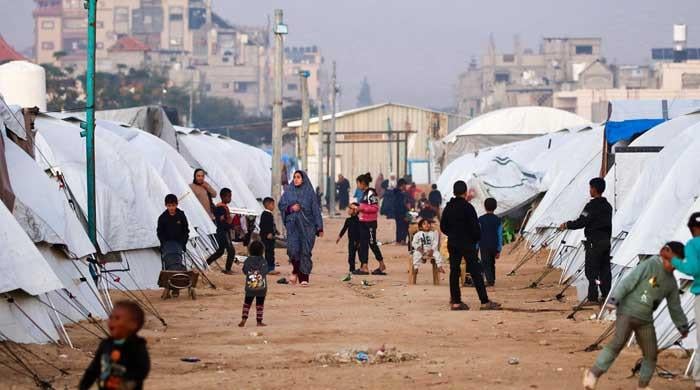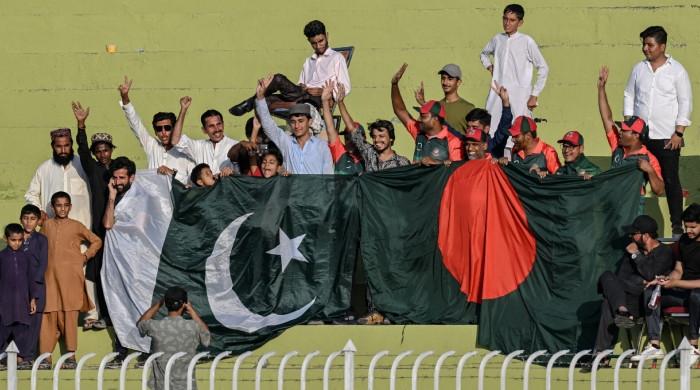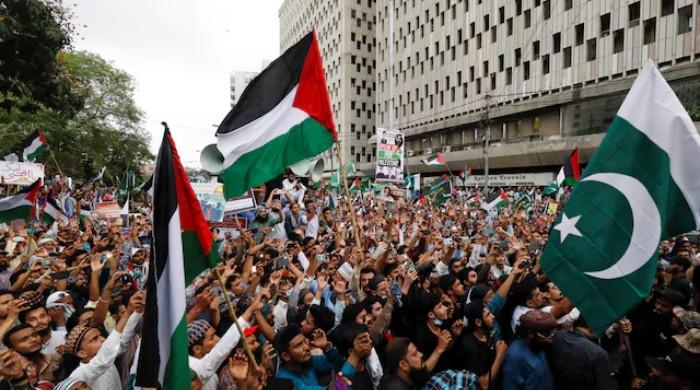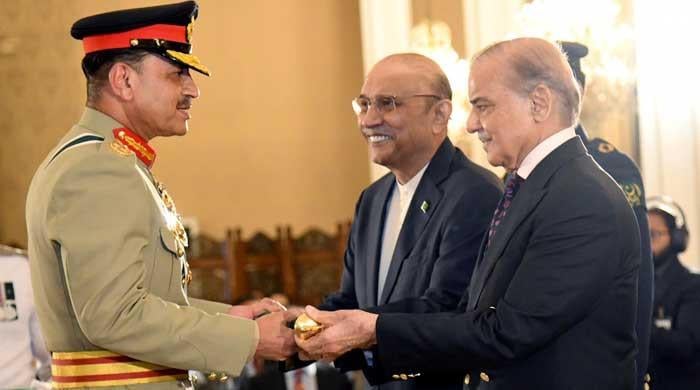Leaning to the left
Left has failed consistently in Pakistan with far too much infighting amongst leftist parties which still survive
August 10, 2025
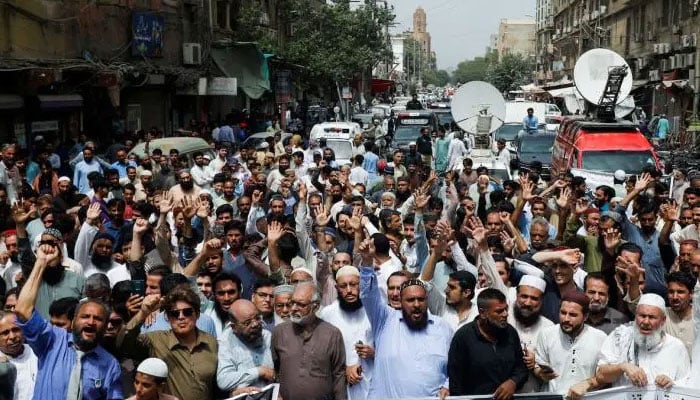
A new, essentially left-wing political party is on the verge of being announced in Pakistan. Among its leading figures is Zulfikar Ali Bhutto Junior, the grandson of arguably the country’s most well-known centre-left leader.
He is expected to be joined by others who share his idealistic, Western-leaning, and politically untested outlook. But can such a party find success in a country where history has not been kind to the Left – and, in a twist of irony, has also often turned against the extreme Right?
At this moment in time, the world is of course on an orbit to the Right. The US’s Donald Trump leads this group of right-wing leaders but the same trend can be seen across swathes of Europe and Asia, including India.
There are leftist governments clustered in South America and the centre-left labour party in Australia as well as those sharing the same ideologies in other parts of the world who are trying their best to move towards giving people more rights, a voice of their own and economic development.
Some, like Lula da Silva, who has made a comeback in Brazil, are succeeding to a limited degree. Others are doing less well or moving rapidly ahead on their chosen path.
One question we need to ask and answer honestly is why the Left has failed consistently in Pakistan despite the urgent need for leftist policies which deal with the plight of landless peasants, peasants with small holdings, workers, women, and so many other groups of deprived people.
We should, nearly 78 years after Partition, not be facing a situation where people in Lyari struggle to obtain a tin of water and others in Punjab and Khyber Pakhtunkhwa live consistently precarious lives, as illustrated by recent floods which swept away homes and led to settlements built along riverbeds collapsing. This should not be acceptable in the 21st century.
There are multiple reasons for the failings of Pakistan's Left. The PPP, which set out as an essentially centre-left party — although one that also spoke in a loud voice of pan-Islamism — was overtaken by those who broke away from the central tenet of the founders who created this party, which still survives but without much that can be called a leftist agenda.
It is, however, still considered by many Pakistanis to place its roots further to the left than other groups. Perhaps the most successful leftist party of recent years, the Awami National Party, has suffered by the literal killing of its top leadership including members of the Bilour family and threats to other leaders making it impossible for them to organise rallies or meet constituents without the constant fear of death coming through the door in the form of a bomb, a gun or a suicide vest.
The Right, and mainly the TTP, has succeeded in driving down what remained of the left-wing tradition centred in KP, established by Khan Abdul Ghaffar Khan and his followers. There are also other reasons why the Left has failed to rise.
The campaign against the Left under Ayub Khan and then other dictatorships was one reason for the collapse of major leftist parties and also their publications, seen mainly in the 1950s. Bans were placed on the Communist Party in 1954. The Left never recovered. Its newspapers, journals and pamphlets – some like Progressive Papers Ltd, which brought out The Pakistan Times and Imroze – never made any kind of comeback.
We also see today far too much infighting amongst the leftist parties, which still survive. Small differences over precise ideologies cut through the larger divide between the Sino and Soviet ideals of these groups and hold them apart. But the problem runs deeper than that. Left parties have failed to collect more than a minuscule percentage of the national or provincial vote.
This is despite the considerable volume of work some have carried out in specific areas, such as in Kot Lakhpat in Lahore. There are of course other examples.
The issue of religion and misunderstandings about it may be one reason why people fail to vote for left-oriented groups. But the issue is far more complex than that. A truly charismatic leftist leader such as Burkina Faso's Thomas Sankara, Venezuela’s Hugo Chavez, Vietnam's Ho Chi Minh and others are the kind of leaders who may be able to bring together divided groups and convince people that their future lies in social and economic upliftment as well as education and healthcare in a country which still rates as one of the least educated in the world and where almost 50% of children are stunted or wasted mainly due to poor health coverage and even poorer intake of nutrients. This also affects their mental well-being.
Surely we do not want a country that continues to survive in the way it is doing so today. It is also a fact that change is possible and could come fairly quickly in a country that has a massive amount of youth and people with immense potential. These people need vocational training alongside sounder education and some help in beginning the climb out of poverty and the squalor that it holds. There is no romance in poverty, despite its depiction in classical fiction and other writing.
This is what any new party will need to persuade people of as it begins to aim for what seems like impossible. The fact that Nepal and Sri Lanka in the region have governments with some leftist credentials should give some hope to Pakistan’s leaders of the Left.
But it is also true that they will need to find a way to gain mass support and bring in enough numbers to give them at least some voice in parliament and the provincial assemblies. This will take time, but it is a task that is certainly worth making an effort to achieve for all the people of Pakistan.
Disclaimer: The viewpoints expressed in this piece are the writer's own and don't necessarily reflect Geo.tv's editorial policy.
The writer is a freelance columnist and former newspaper editor. She can be reached at: [email protected]
Originally published in The News






